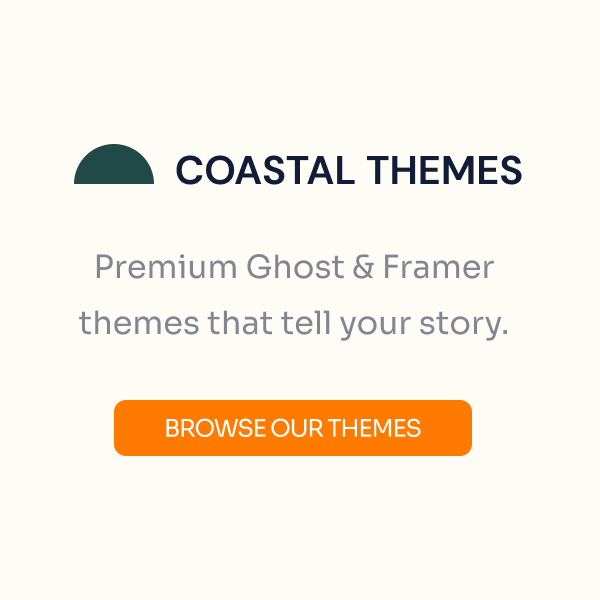Have you seen Elementor?
Our flagship product, Layers has been acquired by the team at Elementor.
With a powerful, fast page builder, Elementor is the best way to get your site online with as little effort as possible.

Foundation is a theme specifically designed around a single-scrolling homepage that aims to keep visitors focused on the content you want them to see in the order you want it seen. Our intention was to create a visually-driven, minimal-text theme without a lot of extra stuff, but still allow you to pack in a lot of specific content types. As such, it is important to understand that the homepage of this theme is designed to link to other content on the same page, and there are no special custom page or single post templates for displaying content separately beyond blog posts or regular pages.
You can read more about the design philosophy for this theme on our blog.
Setup
Setup time for Foundation should be extremely quick compared to the majority of our themes as it has no custom page templates or ecommerce. For average WordPress users, setup should take less than 30 minutes.
This guide provides detailed instructions for setup and configuration of WordPress and the theme. You may also access quick tips and links to documentation from within WordPress under →, and inline from each WordPress screen under the Help link in the upper-right. At a minimum, you must do the following:
- Ensure → is set to Latest Posts
- Ensure → is set to Post Name and Saved
- Deactivate any existing plugins temporarily. This just assures nothing conflicts with setup – you may reactivate them later once Foundation is ready to go.
- Follow the core configuration articles:
- Ensure any existing content in your blog is edited and refined for Foundation.
Videos & Images
All Videos/Images are designed to scale responsively. How they appear depends on three factors:
- The screen size – The smaller your screen, the smaller your images will scale to a minimum of 180px or 320px wide. You will notice the layout change to adapt to mobile screens to best accommodate visual content.
- The number of columns – For example if you choose 4 columns in a widget, images will be scaled smaller than if you choose 2 or 3, even though the same source image is used.
- The dimensions of the container set by the template – The widgets, slider, posts and pages set specific dimensions for the image/video container in order to support the design and layout. This designation looks for the closest matching crop or resized version of your uploaded images created by WordPress. For example, the Portfolio widget will grab the 300px wide crop of your featured image if you use columns, or the 980px wide scaled image if you show only 1 column.
Video thumbnails are created automatically if you use oEmbed links, otherwise you may upload a featured image to any post with a featured video to have it take precedence.
Videos and Featured Images are covered in more detail in the content articles.
Run the Regenerate Thumbnails plugin if you had existing content in WordPress and your images don’t look right in Foundation
Linking
The majority of content and widget options in Foundation do not support linking to single content in the traditional sense. Posts and pages will link through as normal but special content such as portfolios, features and services will not.
Each widget generates a unique ID that can be used where custom link options exist (slider and feature buttons, portfolio urls) to jump to specific sections on the same page. While you may also use any URL in custom link fields, using these IDs as anchor links adds a level of interactivity to your homepage and strengthens the SEO power of your main site url. Using anchor links is explained in more detail in the Anchor Links article:
Foundation: How to Use Anchor Links
Customization
To enable some level of art direction, the Writer pioneers a unique feature in our Post Options panel that allows WordPress users with a little CSS knowledge to take individual post customization further than the built-in options allow. This feature allows you to set specific fonts for copy or titles, set background colors, keep a header image from appearing in the post view, and change individual element colors. We provide a help article at the end of this documentation series with some tips for using Custom Post CSS. Please note that our support for The Writer does not extend to helping you customize individual posts beyond what this article already outlines.
We also provide pre-formatted elements for your post content such as dividers, drop-caps and caolumns. Learn more about this here:
And for customization of the theme’s overall color scheme, you may use the WordPress customizer.
Support
For help with common issues you may encounter, check out our Solutions page first. If you can’t find the answer there, head over to our Support Forums and post your question in The Writer forum. You should receive a response within 24 hours on weekdays.
For help with modifying templates or changing functionality in your theme, feel free to post the question on our forums, but be advised you may be referred to one of our Approved Modifiers if your request requires testing/development to figure out or is beyond your skill level to implement.



